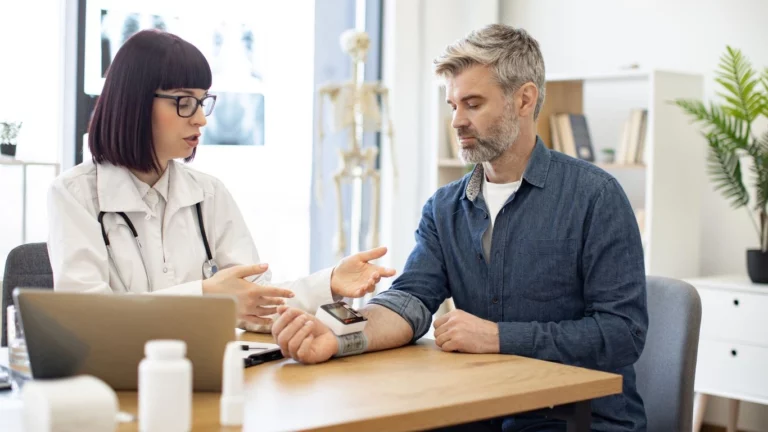Strengthen Weak Joints with Rheumatoid Arthritis: Proven Tips That Work
Rheumatoid arthritis and how to strengthen weak joints is a conversation I’ve had countless times with patients, friends, even family. As a Rheumatology Nurse Practitioner, it’s one of those topics that seems to come up a lot—usually when someone’s been dealing with nagging joint pain, stiffness that won’t quit, or that awful morning sluggishness in the hands or knees. I’ve been in the clinic room watching people slowly lose their confidence in their own bodies, which is exactly why I’m passionate about helping folks understand how this disease works and how we can actually fight back—yes, even strengthen those sore, swollen joints.
What Exactly Is Rheumatoid Arthritis, and Why Do Joints Get So Weak?

Let’s start with the basics. Rheumatoid arthritis (RA) is an autoimmune condition—meaning the immune system, which normally defends your body, goes rogue and starts attacking healthy tissue. In RA, the target is usually the synovium, the soft tissue lining the joints. The result? Inflammation, pain, and over time, damage that can cause joint deformities and—you guessed it—weakness.
Now, this isn’t just about a little soreness here and there. We’re talking about a chronic condition that affects day-to-day function. I’ve seen people who were once active hikers suddenly struggling to open a jar or tie their shoes. That kind of shift takes a toll, not just physically but emotionally too.
Why Joints Feel Like Jello: The Science Behind Weakness
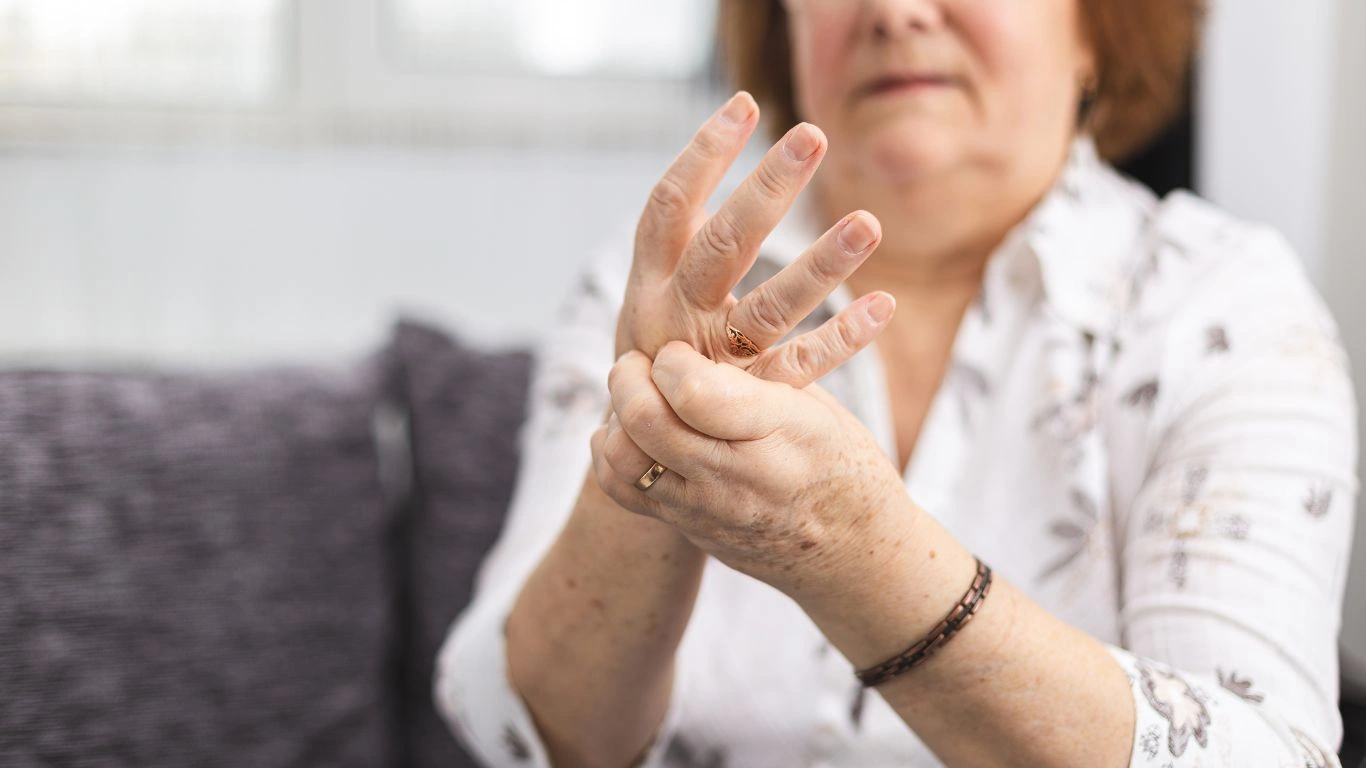
So why do joints feel weak with RA? Here’s what’s going on inside the body:
- Inflammation causes swelling and fluid buildup, which can stretch the joint capsule and weaken supporting structures.
- Muscle atrophy happens because pain makes people move less, and less movement means muscles start wasting away.
- Tendon damage can occur due to ongoing inflammation, making joint stability worse.
- Nerve involvement can result in poor coordination or control of the joint.
And here’s the kicker—this can happen even in early stages of RA. I’ve had patients come in with minor swelling and minimal discomfort, but testing shows the disease already chipping away at their joint strength. Early intervention really is key.
How to Strengthen Weak Joints When You’re Dealing with RA
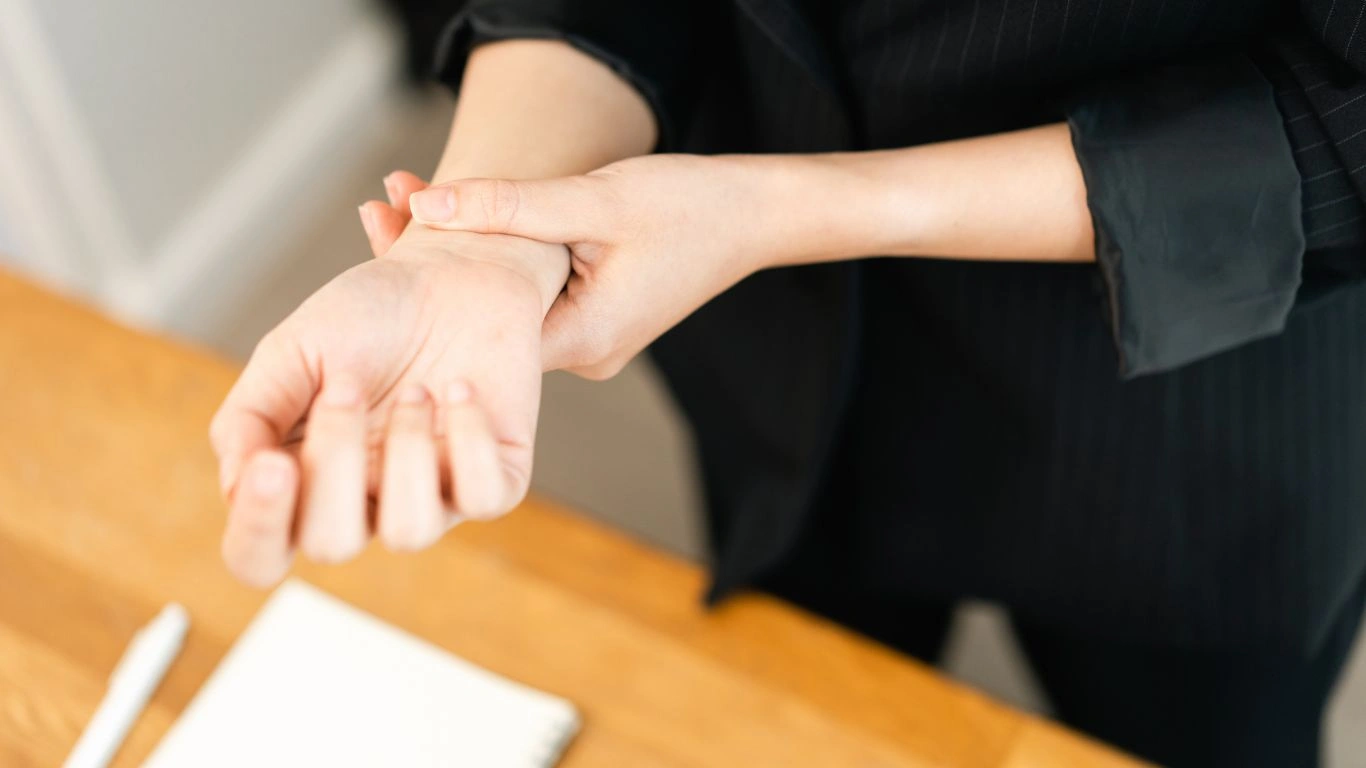
Let’s Talk About Movement—Yes, Even When It Hurts
One of the biggest hurdles? Getting moving when your joints feel like they’re wrapped in barbed wire. But here’s the thing: gentle, intentional movement is exactly what those joints need.
I always tell my patients: “Motion is lotion.” It might feel counterintuitive, but movement helps circulate synovial fluid, reduces stiffness, and prevents muscle loss. The trick is knowing how to move safely:
- Start slow – Range-of-motion exercises like wrist rolls, shoulder circles, and ankle pumps are a good start. They don’t require strength—just consistency.
- Low-impact strength training – Think resistance bands, light weights, or even bodyweight. Focus on isometric exercises (like pressing your hands together or squeezing a ball) to activate muscle without joint stress.
- Water therapy – If I could get every RA patient into a warm pool, I would. Buoyancy takes the pressure off while allowing full-body movement and strength building.
Supplements, Nutrition & Recovery—The Other Half of the Story
Don’t sleep on this part! Building strong joints from the inside out is just as important.
- Omega-3s – They’re anti-inflammatory superheroes. I often recommend fish oil or flaxseed supplements to patients, and some swear they feel less stiff by week two.
- Vitamin D and calcium – These aren’t just for bones—they also support muscle and tendon health. RA patients often have low levels, especially if they’re on steroids.
- Protein intake – Weak joints often come with muscle loss, so it’s critical to maintain protein levels to support rebuilding. Plant-based or animal, just make sure you’re getting enough.
And don’t forget recovery. Overdoing it can backfire, so I usually recommend short bursts of movement spread throughout the day, paired with plenty of rest, sleep, and good hydration. Listen to your body—it usually tells you what it needs if you slow down enough to hear it.
My Go-To Tips for Daily Joint Support (That Actually Work)
After years of working with RA patients, I’ve gathered a toolbox of small but mighty strategies to strengthen weak joints and make everyday life a little easier:
- Use joint protection gear – Compression gloves, wrist braces, even ergonomic tools in the kitchen can offload stress from weak spots.
- Heat therapy in the morning, cold at night – This combo helps relax joints when you wake up, and cools down inflammation before bed.
- Keep a joint journal – Track what works, what flares you up, and how your body responds. Patterns = power.
There’s no one-size-fits-all answer when it comes to rheumatoid arthritis and how to strengthen weak joints, but with the right mix of movement, support, and strategy, I’ve seen people regain control—and confidence. It’s possible, I promise you. You just have to start where you are, and build from there.
Why Consistency Beats Intensity When Strengthening RA-Affected Joints
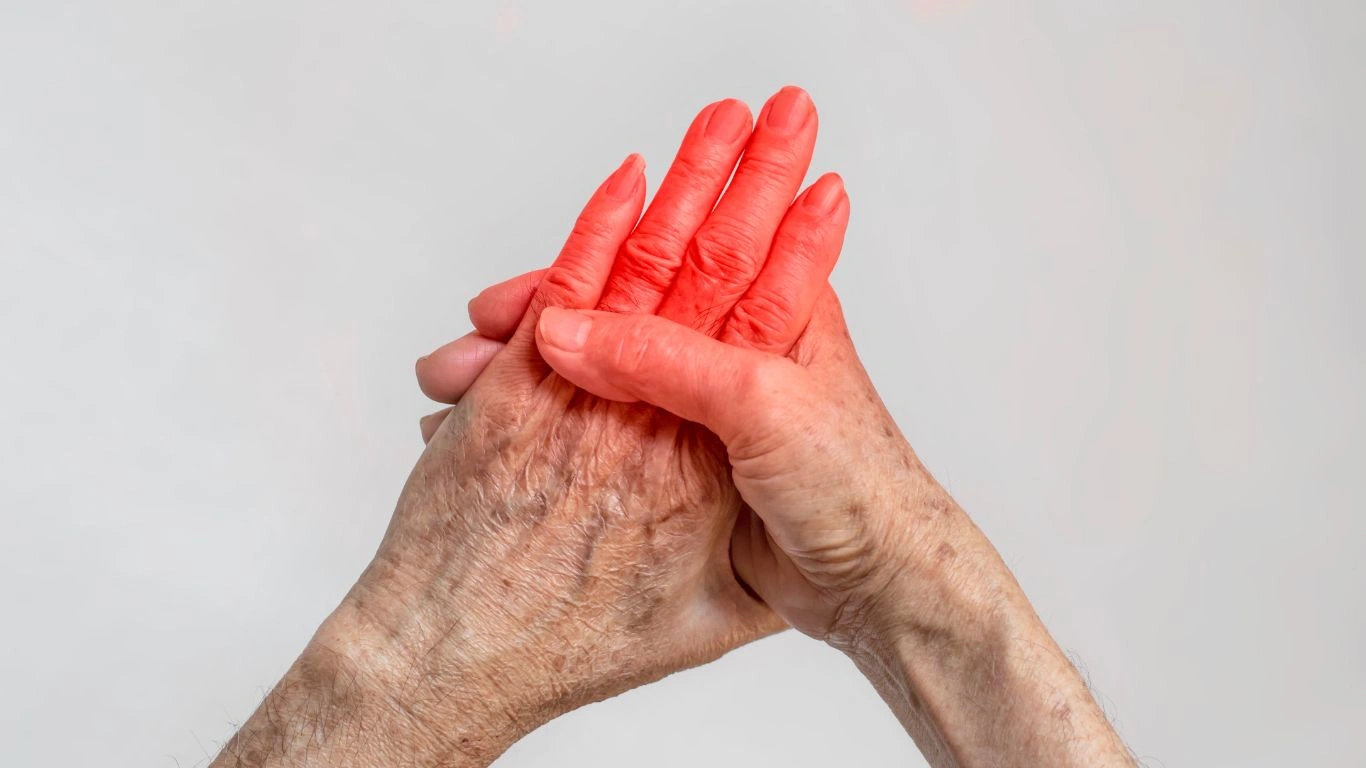
Here’s something I’ve noticed over and over again in my clinic: folks tend to think that to get stronger, they’ve got to push harder. But when it comes to rheumatoid arthritis and how to strengthen weak joints, that mindset can actually set you back. In reality, it’s the slow and steady stuff that does the trick.
One of my patients—let’s call her Marie—used to be a yoga instructor before RA hit her hard in her early 40s. Her instinct was to power through the pain, doing long sessions to “get her strength back.” But she ended up flaring so badly she had to stop completely. We shifted her to 10-minute routines twice a day, using gentle mobility and resistance bands. Within six weeks, she was stronger *and* had fewer flares. Consistency won that round.
Mini Moves That Make a Big Difference
Here are a few micro-movements and habit tweaks that seem small but add up fast when done daily:
- Wall push-ups: A safer way to activate upper body without stressing wrists.
- Seated marches: Keeps hips and knees moving when walking is tough.
- Grip strength drills: Squeeze a therapy ball or soft sponge to keep fingers nimble.
I usually say: think of these as your “daily brushing for joints.” Just like dental hygiene, joint health is all about the little things done regularly, not the occasional intense burst.
How Stress and Sleep Play Sneaky Roles in Joint Weakness
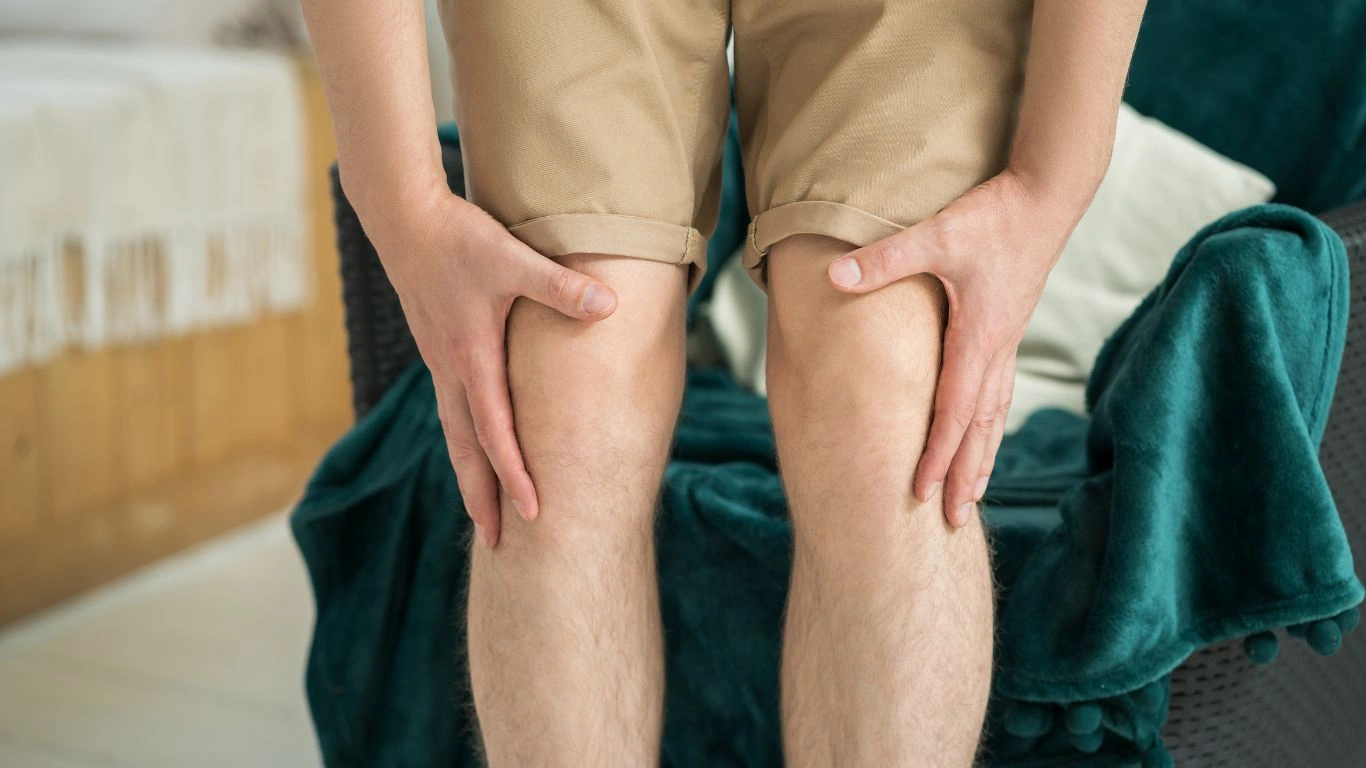
This part often surprises people: your mental health directly impacts your joint strength. Stress isn’t just a mental load—it’s a physical one, too. When your body’s constantly pumping out cortisol and adrenaline, it ramps up inflammation and makes healing way harder.
I remember a patient, Josh, who was managing RA pretty well with meds and physical therapy, but he kept having random flares. Turned out his job had gone from stressful to nearly unbearable. Once he started working with a therapist and set firmer boundaries at work, the flares slowed down and his energy improved. Stress is no joke when you’re dealing with autoimmune stuff.
Simple Stress-Busters That Support Joint Health
- Guided meditation apps like Calm or Headspace – just 5–10 mins before bed can help.
- Gentle yoga or tai chi – slow, mindful movement helps ease joint stiffness and calms the mind.
- Sleep hygiene – consistent bedtime, cool room, no screens 30 mins before bed. I know, easier said than done, but it’s a game-changer.
Sleep is when our body repairs tissues and reduces inflammation. If you’re not getting quality sleep, your joints aren’t recovering—plain and simple. That’s why I always ask about sleep first before even adjusting someone’s RA meds.
Smart Tools and Tech That Help Support Weak Joints
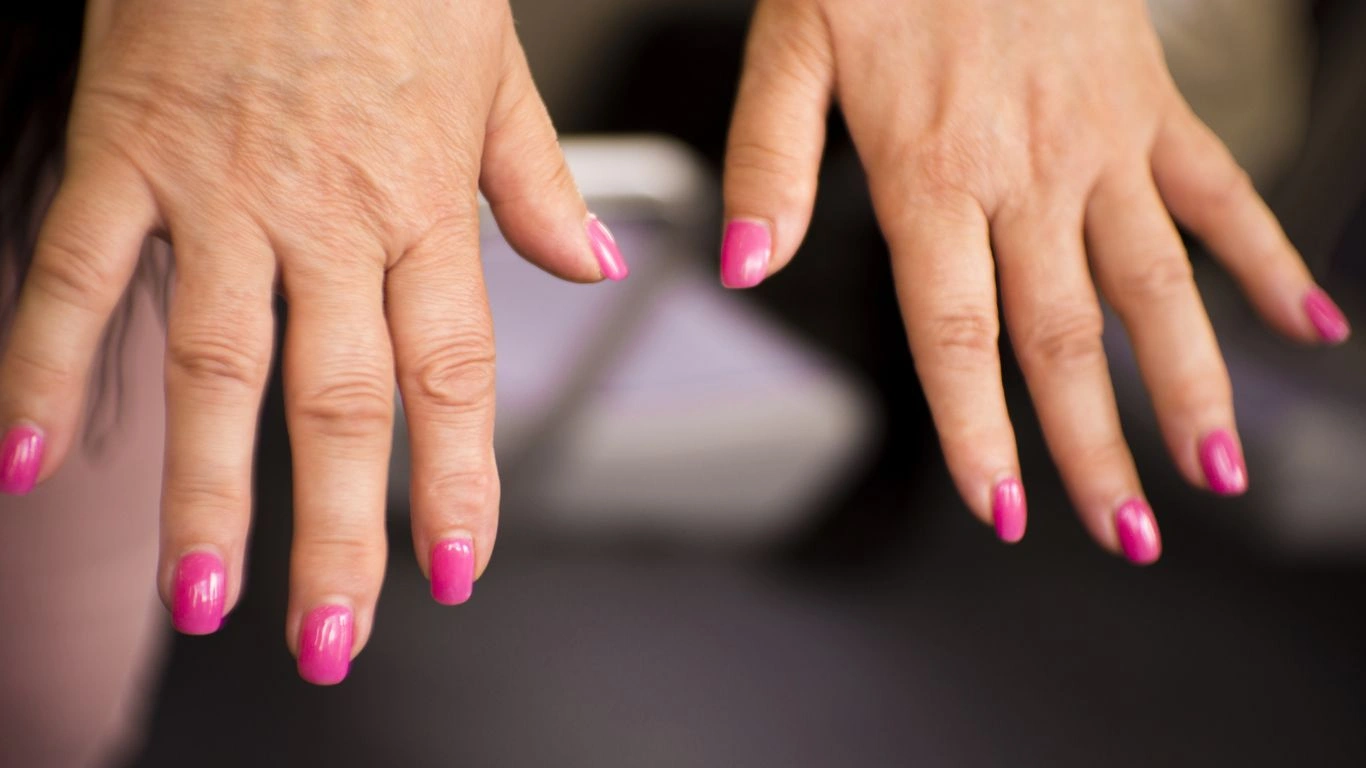
Let’s talk gadgets and gear. In clinic, I’m always showing patients new ways to make daily tasks easier—because when you reduce strain, you give joints the chance to rebuild.
Assistive Devices That Make Life Easier (and Kinder on Your Joints)
- Ergonomic kitchen tools: Think wide-handled knives, easy-grip jar openers, and electric can openers. Game changers.
- Voice-to-text apps: For those struggling with hand stiffness, dictation tools help reduce typing strain.
- Compression gloves: Wear them during light activity or at night to support hand joints and reduce swelling.
- Electric toothbrushes and razors: Takes the torque off those small wrist and finger joints.
These aren’t just “old person tools.” They’re smart tools. I’ve had 30-something-year-olds thank me for introducing them to things that help them get through the day without feeling totally worn out. There’s no prize for doing things the hard way when your joints are in recovery mode.
The Role of Meds: What They Can and Can’t Do for Joint Strength
Okay, let’s get real for a sec. Medications are a major part of managing RA, but they’re not magic potions that restore strength overnight. What they do is help quiet the immune system and slow down damage. That gives your body the breathing room to rebuild and regain function.
But—and it’s a big but—meds need to be paired with movement, nutrition, and joint-friendly habits. Otherwise, you’re only solving half the puzzle.
As a nurse practitioner, I’m constantly reviewing treatment plans with patients to find that sweet spot. We look at everything from DMARDs (disease-modifying antirheumatic drugs) to biologics to steroid-sparing strategies. But we also talk about protein shakes, yoga mats, and how many steps they took that week. It’s all connected.
How to Talk to Your Provider About Joint Strength
Don’t be afraid to bring this up in your appointments. Ask questions like:
- “How can I safely rebuild muscle without irritating my joints?”
- “Are there rehab options or PT referrals available?”
- “Could my meds be affecting my strength or energy levels?”
Most providers appreciate proactive patients. It tells us you’re invested in your care—and that partnership is what really makes the difference in long-term outcomes.
Honestly, some of the most inspiring progress I’ve seen hasn’t come from the “perfect” patient who sticks to the textbook. It’s come from real people who try, tweak, fall off, get back on, and keep at it. That’s where the magic happens in this whole rheumatoid arthritis journey—especially when it comes to figuring out how to strengthen weak joints in the real world.
Rebuilding Confidence Alongside Stronger Joints

One thing I’ve learned as a Rheumatology Nurse Practitioner is that strengthening joints isn’t just about muscles, tendons, or range of motion—it’s also about rebuilding a patient’s confidence. After all, when rheumatoid arthritis chips away at your strength, it often chips away at your trust in your body, too.
That mental toll is real. I’ve seen patients avoid stairs, cancel vacations, even stop hobbies they once loved—not just because of the physical pain, but because they’re scared of what might happen. A fall, a flare, a setback. It’s why I always stress: building strength isn’t just about pushing through—it’s about restoring trust in movement.
For example, one of my patients, Lee, loved gardening but gave it up for years after he twisted his knee pulling weeds during a flare. We worked on strengthening exercises, balance drills, and pacing strategies. Three months later, he sent me a photo of his tulips. Not gonna lie—I got a little teary-eyed. That’s what progress looks like.
Small Wins Matter—Celebrate Them
- Getting out of bed without stiffness – That’s a win.
- Carrying groceries without pain – Major progress.
- Walking a little farther this week than last – You’re crushing it.
Celebrate those moments. They’re not just proof of physical recovery—they’re reminders that your body, even with RA, is capable of change.
The Importance of a Strong Support System

Strengthening joints with rheumatoid arthritis isn’t a solo project. I can’t emphasize this enough: having a solid support system makes a huge difference. Whether it’s a physical therapist who gets your goals, a friend who walks with you after work, or an online community cheering you on, connection matters.
I often recommend my patients join RA-specific support groups or forums. Sometimes, just hearing someone else say, “Yep, I’ve been there too,” can be deeply validating. It’s also a great way to swap tips on things like joint-friendly kitchen hacks, or which shoes feel good on flare days.
There’s also strength in accountability. When someone else is rooting for your progress—when you know you’ll be asked about your exercises next week—it’s easier to stay on track. I’ve had patients build weekly routines around group workouts, walking challenges, even book clubs that include a “movement break.” Every little bit helps.
Helpful Places to Connect or Learn More:
- arthritis.org – Great for exercise videos and patient stories
- nih.gov – Trusted resource for current RA research and treatment guidance
- health.com – Practical tips for managing symptoms and lifestyle with RA
What I Wish Every RA Patient Knew About Strength
Here’s the heart of what I wish I could tell every single person newly diagnosed with RA, or anyone feeling stuck in their progress:
You don’t have to be pain-free to be strong. You don’t have to be symptom-free to make progress. And you definitely don’t have to go it alone.
I’ve had patients in their 70s gain more joint stability than they ever thought possible. I’ve watched people go from barely managing stairs to confidently returning to the gym. It’s not always linear. You’ll have great weeks and crummy ones. But that upward trend? That slow, steady resilience? That’s what real strength looks like.
Quick Recap: Key Habits That Strengthen Weak Joints with RA
- Daily gentle movement – Range of motion exercises are a must
- Strength training 2–3x per week – Resistance bands, light weights, isometrics
- Rest and recovery – Don’t skip this part; your joints rebuild here
- Smart joint protection tools – Reduce stress and prevent damage
- Anti-inflammatory nutrition – Omega-3s, antioxidants, hydration
- Consistent medication use – To control inflammation and protect tissue
If you’re overwhelmed, just pick one habit to start with. Add another when you feel ready. This isn’t about perfection—it’s about momentum.
When to Ask for Help—and Why It’s a Strength, Not a Weakness
So many of my patients hesitate to ask for help. They feel like they should be able to “push through” or “handle it” on their own. But here’s the thing—asking for help is actually a form of self-advocacy. And in the world of RA, that’s one of the strongest things you can do.
If you’re dealing with frequent flares, if your strength isn’t improving despite your efforts, or if you’re feeling discouraged, reach out to your care team. Whether it’s a rheumatologist, a nurse practitioner (like me!), a PT, or even a therapist—it’s okay to need support. We’re here for exactly that reason.
Sometimes we need to adjust medications. Sometimes we need to bring in a rehab specialist. Sometimes we just need to talk through what’s realistic and what needs tweaking. Don’t suffer in silence. You’re not alone in this.
Remember…
It’s not about returning to the old you—it’s about becoming a stronger, wiser version who’s learned how to work with your body instead of fighting against it. And honestly? That version of you is powerful.
If you’ve made it this far, reading all about rheumatoid arthritis and how to strengthen weak joints, then you’re already doing something incredible—you’re taking charge of your health. Keep going. You’ve got this.
Disclaimer
This article is for informational purposes only and is not a substitute for professional medical advice, diagnosis, or treatment. Always consult your healthcare provider with any questions you may have regarding a medical condition.

Tarra Nugroho is a dedicated Nurse Practitioner with a strong foundation in family and preventive care. She brings both compassion and clinical expertise to her practice, focusing on patient-centered care and health education. As a contributor to Healthusias.com, Tarra translates medical knowledge into clear, empowering articles on topics like women’s health, chronic disease management, and lifestyle medicine. Her mission is simple: help people feel seen, heard, and informed—both in the clinic and through the content she creates. When she’s not caring for patients, Tarra enjoys weekend hikes, plant-based cooking, and curling up with a good health podcast.


